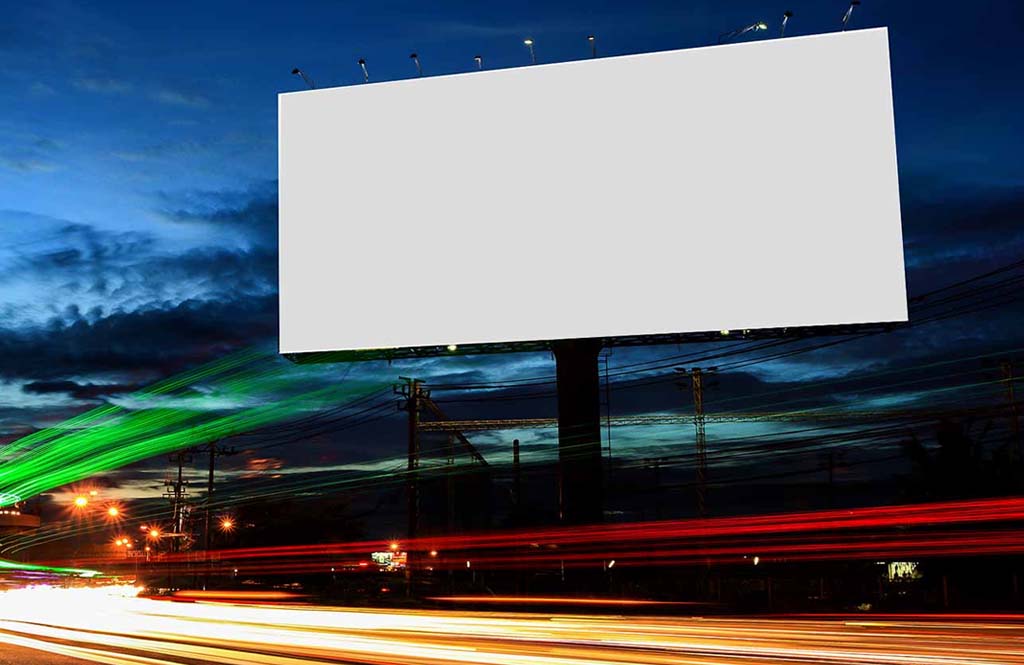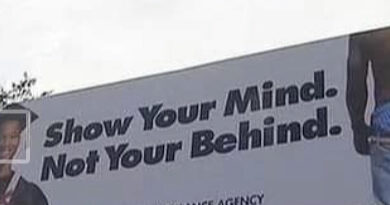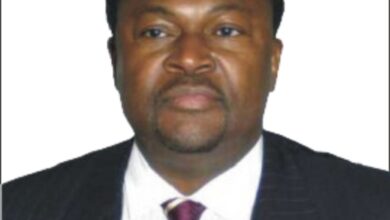Integrate OOH and Social Media to Let Customers Tell Your Story


Both local and national advertisers are discovering how effective out-of-home (OOH) advertising can be to engage customers and give them the power to tell your story. However, with so many options available to integrate customer endorsements and comments into an out-of-home campaign, it can be overwhelming. Advertisers have many options available including text messaging (SMS), social media, Augmented Reality, NFC, micro-sites and QR Codes – which can direct customers to custom deals and initiate a conversation.
Using Facebook or Twitter in a digital media campaign can be a ‘real-time’ content call-to-action for consumers. Facebook is powerful because just about everyone already has an account. About half of Facebook’s 500 million people log into the site in any given day, spending over 700 billion minutes per month interacting with pages, groups, friends, and products. What is even more exciting is that there are more than 250 million active users currently accessing the social networking powerhouse through mobile devices, and these users are twice as active than non-mobile users (see more Facebook statistics). Twitter has over 200 million users, 26 million of those active on mobile devices, and averages over 1 billion tweets per week. These social media sites provide the ability to measure OOH campaigns through online and social media metrics – giving advertisers the more power to leverage OOH media as part of an overall advertising strategy. Social media can also unveil the transparent side of a brand, and consumers tend to support companies that don’t mind exposing themselves.
Social media billboard campaigns can create press-worthy buzz and attract a lot of attention from commuters. One great example of a billboard campaign integrating Facebook was from a local accounting firm in Buffalo, NT – Freed, Maxick & Battaglia. The firm launched a community-based initiative to raise awareness of a local charitable organization. They received quite a lot of PR and drove commuters to a dedicated Facebook page to interact and become ‘friends’ with the company and charity. Many advertisers are beginning to discover the options available to them as well. Calvin Klein once used some racy billboards with a QR Code directing consumers to a video, and Chobani, Greek yogurt used consumer comments from social media in their static billboard designs.
Lamar Advertising came to the public’s rescue when NBC replaced Conan with Jay Leno on the Tonight Show, and legally prohibited Conan from appearing on television. Lamar gave Conan a place to highlight his tweets and entertain the public until the dilemma was over. Digital billboards and a micro-site were used to create a platform for Conan’s tweets. The billboards featured his tweets on digital inventory available in various markets across the country. Within one hour of posting on Facebook, over 1800 users “liked” the page and over 200 commented. Within five (5) days, the website, aplaceforconan.com, had 78,714 total hits, and was mentioned in over 70 online blogs.
When McDonalds decided to unveil their Angus Third-Pounder in Kansas City, it exclusively dominated all 13 digital billboards in the market for 24 hours. On that day, the Heart of America McDonald’s Co-op held an Angus Activation event featuring consumer endorsements submitted online. The campaign made a big PR splash; the local press – radio, TV and newspaper – covered the campaign extensively, and it made the cover of Nation’s Restaurant News!
The campaign, Angus Honor, received 1.9MM impressions across web, mobile and banners with an interaction rate of 7.31% and an average interaction time of 24 seconds – both almost double the industry standard! The campaign also netted over 5,000 submissions within 20 days. The Honor Angus campaign saw incredible sales results as well – outpacing the rest of the region during the run of the campaign and continuing through post-promotion sustained sales.
As great as these campaigns have been, there are some points of caution to consider before implementing a social media content OOH campaign. First, remember the company is opening up its social media handles, website, etc. for general consumers to see, and people – even ‘friends’ – don’t always make favorable comments. Next, proactively set up robust filters to stop any comments that may not be suitable for the general public. Third, be sure the company has some existing activity on its social media handles. Lastly, when the campaign first goes up, the comments should be from connected friends or consumers and not employees pretending to be consumers.
Additionally, there is no one cap fit all approach to using OOH and social media as an inclusive media strategy. The cutting edge lies in creative usage and originality by both the advertiser and the advertising agency (as well as media agency).





